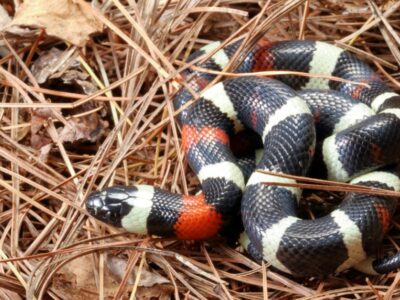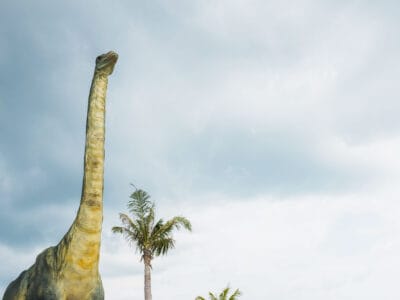With a low human population of only one person for every 111 acres of land, Wyoming offers plenty of wilderness for animals to live and roam. This is also why the state is one of the best places to get out into nature and explore. The state is home to more than 100 species of mammals including bison, grizzly bear, black bear, moose, pronghorn antelope, mountain lion, wolf, deer, elk, and wild horse. You can also find 400 bird species here including majestic bald eagles.
Although most people think of the bears and bison of the state as the most common mammals, Wyoming is also home to a diverse population of rodents. Of the rodents found here are six pocket mice and kangaroo rat species, four pocket gopher species, seven common mouse species, two jumping mouse species, and a long list of muskrats, voles, and woodrats.
The Official Animal of Wyoming
Wyoming, also called the Cowboy State, has multiple official native species recognized by the state government.
The official state bird of Wyoming: Meadowlark
Meadowlarks (Sturnella magna) are actually seven species of birds in the blackbird subfamily. The Eastern and Western meadowlarks recognized by the state of Wyoming look very much alike. However, these two songbirds sing very different tunes. Otherwise, both have brown-streaked, black and buff-colored backs and wings with bright yellow breasts. These nine-inch songbirds also have a black crescent on their chests, like a necklace of black pearls.
The official state mammal of Wyoming: Bison
Since 1985, the state of Wyoming has recognized the largest land mammal in the United States, the native bison (Bison bison bison), as their official mammal. Also called buffalo, this hump-backed, horned creature has a massive head with sharp horns. Adult males stand about 6.5 feet high at the hump on their back, up to 12 feet long from nose to tail. Males can also weigh up to 2400 pounds. Although their rear quarters feature shorter hair, these mammals wear a thick and long coat of dark hair on their head, front legs, and chest. Adult males also typically wear a 12-inch long black beard at the front.
The official state fish of Wyoming: Cutthroat Trout
The state of Wyoming chose a highly adaptable native fish as its official state marine species in 1987. The cutthroat trout (Oncorhynchus clarki) have several subspecies living in frigid freshwater lakes and streams of the region. They are identified by their orange marking behind the lower jaw. These fish return to their stream of birth to spawn and lay eggs.
The official state reptile of Wyoming: Horned Toad
The state’s official reptile is actually a strange, short-tailed lizard from the iguana family, despite bearing the name of “toad.” The horned toad (Phrynosoma) gets its name from the hornlike spines on its back and head. Although they are lizards, these strange animals have a rounder shape than a typical lizard and measure only about 3 to 5 inches long.
The official state amphibian of Wyoming: Blotched Tiger Salamander
The blotched tiger salamander (Ambystoma tigrinum), one of North America’s largest salamanders, was named the state amphibian of Wyoming in 2019. These broad-headed species are typically gray, dark brown, or black. They are named “tiger” for the dark yellow bars and spots on their backs and legs. Typically found anywhere in the state below 10,000 feet, you can also run across these strange animals in dry places at or below ground level like cellars, burrows of rodents, and under manure heaps. The tiger salamander usually grows to only about 8.7 inches but can grow up to 12 inches.
Where To Find The Top Wild Animals in Wyoming
Because the human population of Wyoming is so sparse, you can find wildlife like spiders, bison, ticks, bears, and pronghorn antelope almost anywhere in the state. Large mammals, big game species, and even some rare species are often easily seen from major thoroughfares through the state, such as Interstate 80 that dissects far southern Wyoming for 402.8 miles from Utah to Nebraska.
Some of the best places for wildlife viewing in Wyoming include:
- Yellowstone National Park
- Grand Teton National Park
- Seedskadee National Wildlife Refuge
- Bighorn Mountains
- Medicine Bow National Forest
- Pilot Butte Wild Horse Scenic Loop
- Casper Mountain
- Bear Lodge Mountains
- The Red Desert
- Wind River Mountains
The Most Dangerous Animals In Wyoming Today
Wyoming is one of the wildest places in America today with substantial populations of big game. Five percent of the state’s lands are under government protection, a total of 62,343,040 acres. Another three percent of the state, 3,067,728 acres, is wilderness. With so much open land, there is plenty of room for the state’s largest and most dangerous mammals to roam.
Although the bison is the largest wild, big game land mammal in the U.S., it is not Wyoming’s most deadly. You are more likely to die or suffer injury from a grizzly bear. Other dangerous mammals in the state include mountain lions, moose, and gray wolves. The state’s snakes are also dangerous, with multiple species of rattlesnakes and the Western hog-nosed snake calling the state home.
Endangered Animals In Wyoming
There are three rare species in Wyoming that are listed as officially endangered. These include the black-footed ferret, dace, and toad. Threatened species include the rare Northern long-eared bat, yellow-billed Western cuckoo, grizzly bear, lynx, and jumping mouse.
Native Plants in Wyoming
Wyoming exhibits interesting geography, especially regarding flora and fauna. Over 3000 species of plants thrive in the state, some of which are native. Some native plants in Wyoming include showy milkweed, rock jasmine, and prairie onion, among others.
More Articles Related to Wyoming
Read about:
- extinct animals that lived in Wyoming.
- the best national parks in Wyoming.
- the best fish to catch in Wyoming.
- Deer Season In Wyoming: Everything You Need To Know To Be Prepared
Wyomingite Animals
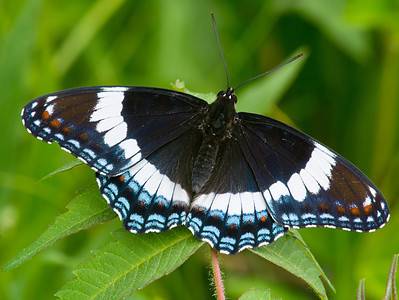
Admiral Butterfly
Stunningly beautiful wings
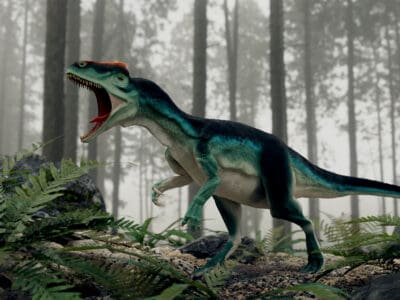
Allosaurus
Allosaurus is the official state fossil of Utah because of the abundant number of fossils found in the state.

Archelon Turtle
Archelons are the largest turtles to have ever lived in the world

Beewolf wasp
They hunt bees
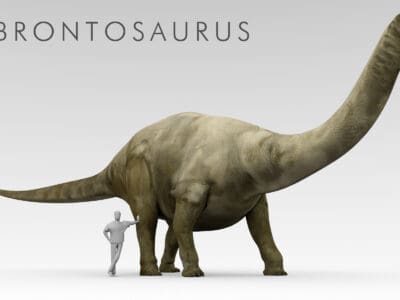
Brontosaurus
Their necks had air pockets that kept them light and relatively easy to maneuver.
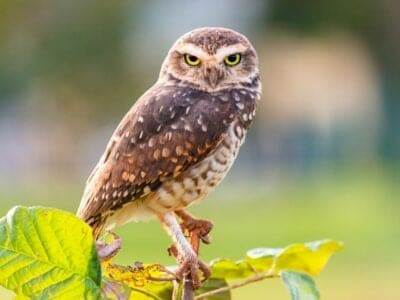
Burrowing Owl
The burrowing owl lives in underground burrows
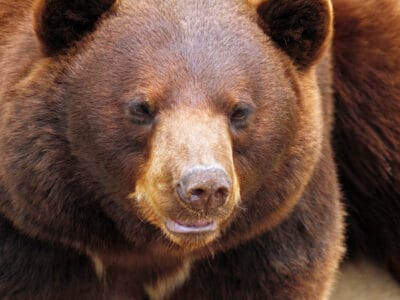
Cinnamon Bear
A newborn cinnamon bear weighs 1/2 pound -- about the same as a large apple.
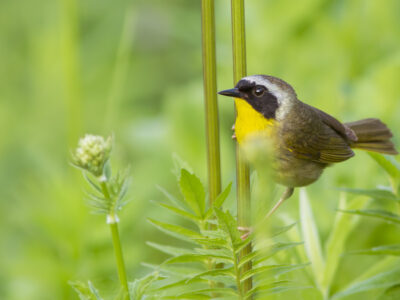
Common Yellowthroat
The Common Yellowthroat stays close to the ground and uses stealth to survive!
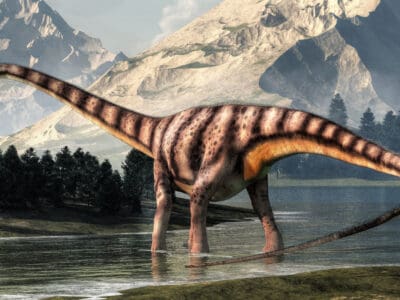
Diplodocus
Their long tales could have been used as a whip!
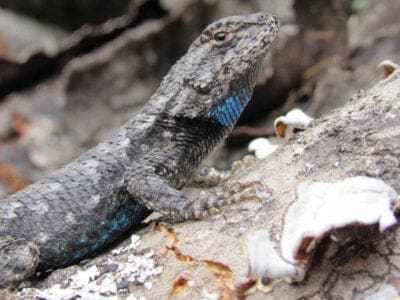
Eastern Fence Lizard
Females are usually larger than males.

Flea
Adult fleas can jump up to 7 inches in the air

Green Snake
There are two types of green snakes: smooth green snakes and rough green snakes
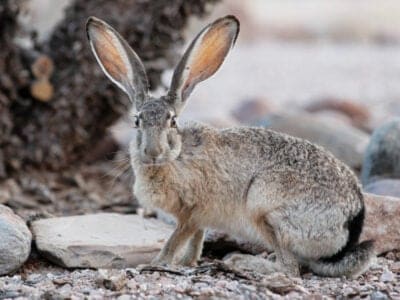
Jackrabbit
They can run as fast as 45 mph.

Kokanee Salmon
A non-anadromous type of sockeye salmon
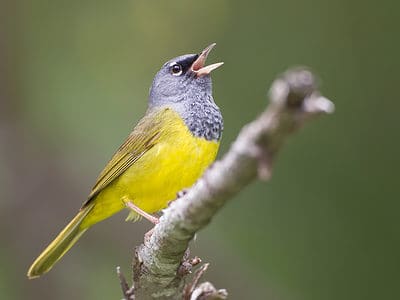
MacGillivray’s Warbler
The complicated story of how MacGillivray’s Warblers got their name involves three ornithologists, a physician and a compromise.
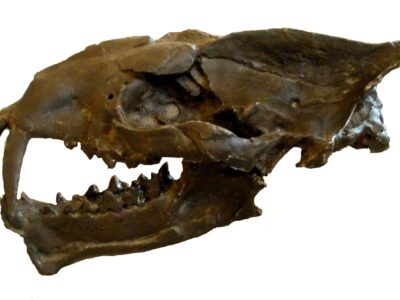
Machaeroides
Machaeroides had large saber-teeth, much like the saber-toothed tiger.

Mealybug
They have a symbiotic relationship with ants.
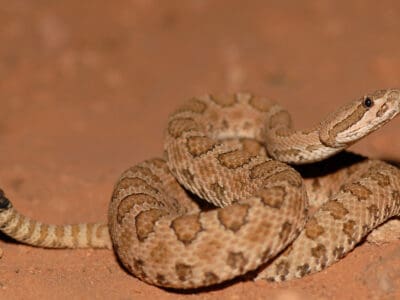
Midget Faded Rattlesnake
They're also called horseshoe rattlesnakes thanks to the shape of their markings.

Mockingbird
Mockingbirds are incredible mimics that can learn hundreds of songs!

Nematode
Nematodes range in size from 1/10 of an inch to 28 feet long

Orb Weaver
Females are about four times the size of males

Owl
The owl can rotate its head some 270 degrees
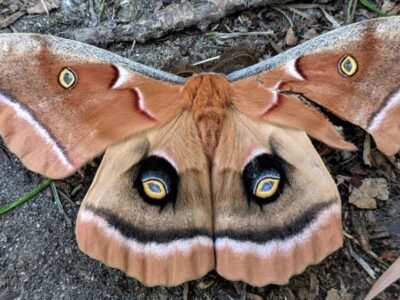
Polyphemus Moth
The Polyphemus moth doesn’t and can't eat, except when it's a caterpillar!
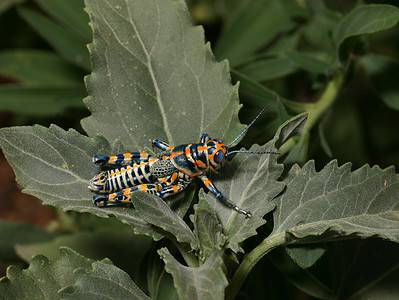
Rainbow Grasshopper (Dactylotum bicolor)
They have strikingly bright colors
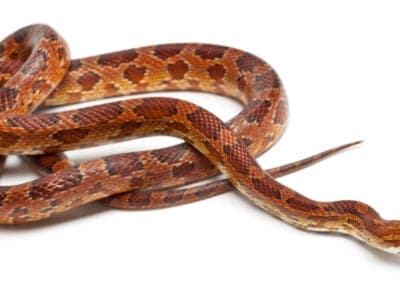
Rat Snakes
Rat snakes are constrictors from the Colubridae family of snakes.

Rooster
Will mate with the entire flock!
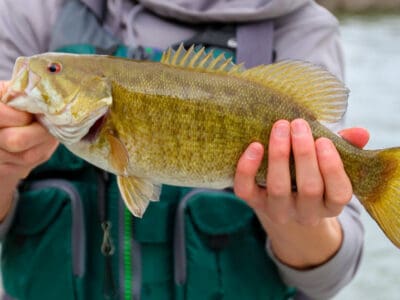
Smallmouth Bass
A fierce fighter!

Smokybrown Cockroach
Has up to 45 eggs per egg case
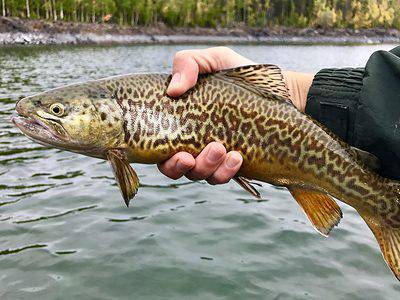
Tiger Trout
As tiger trout are sterile, they cannot produce offspring. However, they do have relatively long lifespans and can live up to 10 years in captivity.
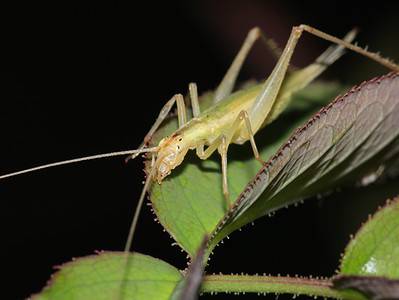
Tree Cricket
They make music with their wings
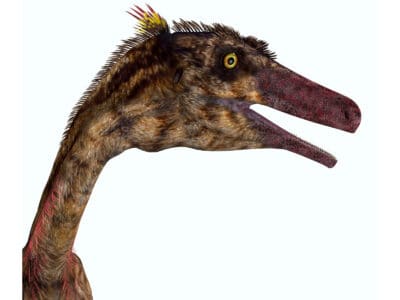
Troodon
Troodon formosus means "wounding tooth" in Greek, a name that describes its serrated teeth.
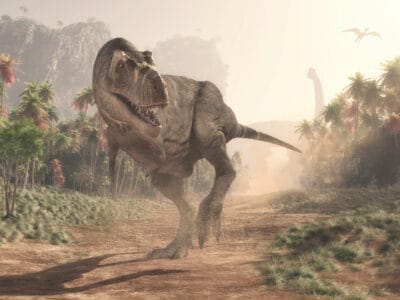
Tyrannosaurus Rex
They had many air pockets in their skeleton which kept them light despite their tremendous size.
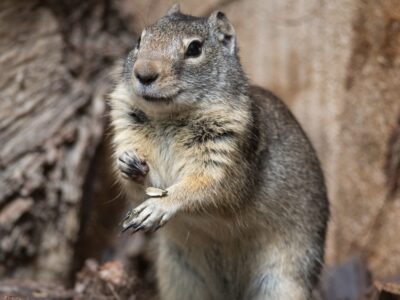
Uinta Ground Squirrel
The squirrel is named after the Uinta Mountains, which are part of the Rocky Mountain range and are found in Utah and Wyoming.
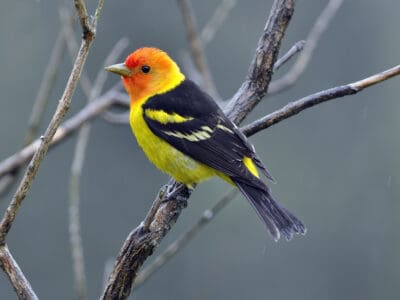
Western Tanager
They migrate farther north than any other tanager.
Wyomingite Animals List
- Admiral Butterfly
- Allosaurus
- Archelon Turtle
- Beewolf wasp
- Brontosaurus
- Burrowing Owl
- Cinnamon Bear
- Common Yellowthroat
- Diplodocus
- Dire Wolf
- Eastern Fence Lizard
- Flea
- Green Snake
- Jackrabbit
- Kokanee Salmon
- MacGillivray’s Warbler
- Machaeroides
- Mealybug
- Midget Faded Rattlesnake
- Milk Snake
- Mockingbird
- Nematode
- Orb Weaver
- Owl
- Polyphemus Moth
- Rainbow Grasshopper (Dactylotum bicolor)
- Rat Snakes
- Rooster
- Smallmouth Bass
- Smokybrown Cockroach
- Supersaurus
- Swallowtail Butterfly
- Tiger Trout
- Tree Cricket
- Troodon
- Tyrannosaurus Rex
- Uinta Ground Squirrel
- Western Tanager
Animals in Wyoming FAQs (Frequently Asked Questions)
What animals live in Wyoming?
Wyoming is home to more than 100 wild mammals, most notably the gray wolf, grizzly bear, bison, moose, elk, pronghorn antelope, deer and wild horses.
What dangerous animals live in Wyoming?
The most dangerous mammals in Wyoming are the predatory grizzly bear, bison, moose, mountain lion, and gray wolf. Of these, the grizzly bear has injured more humans, although fatalities from these large mammals are rare in the state. Other dangerous animals include rattlesnakes, Western hog-nosed snakes, and the black widow spider.
What predators live in Wyoming?
There are many predatory mammals living in the state like the grizzly bear, mountain lion, gray wolf, coyote, raccoon, and even the common domestic cat which is predatory to smaller creatures like rodents.
What is the most dangerous animal in Wyoming?
By far, the most dangerous animal in Wyoming is the grizzly bear. This massive brown bear is predatory and highly protective of its young. People are typically endangered when they encroach upon the grizzly bear’s territory or happen upon an adult female with her young, such as on a wilderness hike.
How many rattlesnakes are in Wyoming?
Wyoming is home to two different rattlesnakes. The prairie rattlesnake is most common in the northwest corner of the state. Another rattlesnake, the midget faded rattlesnake, is more common in southern Wyoming.



